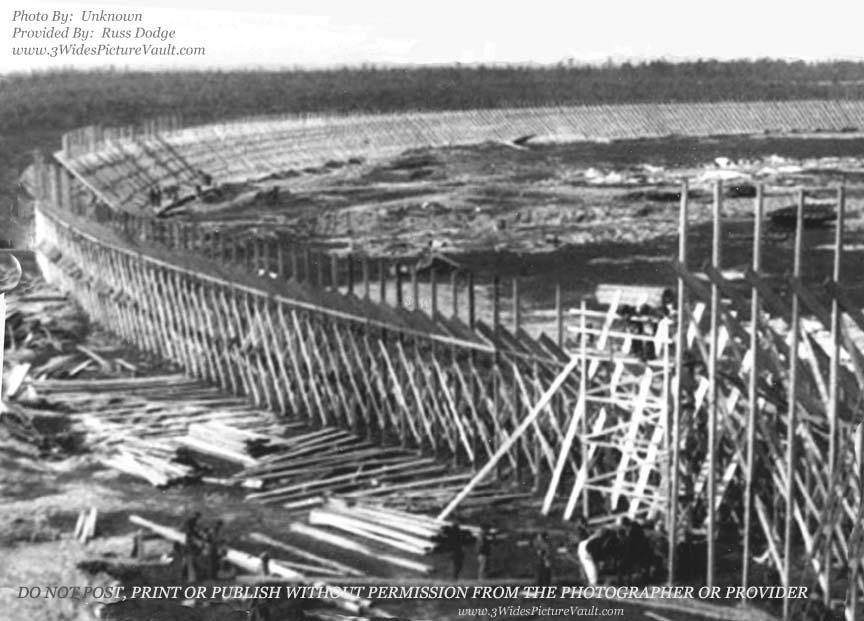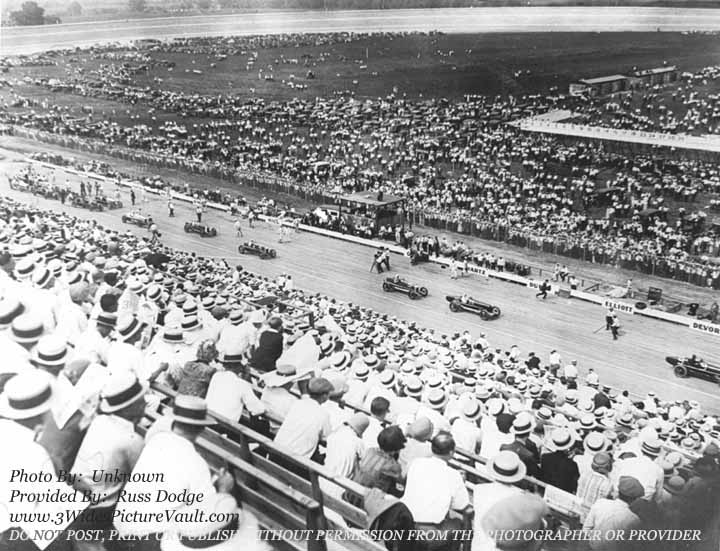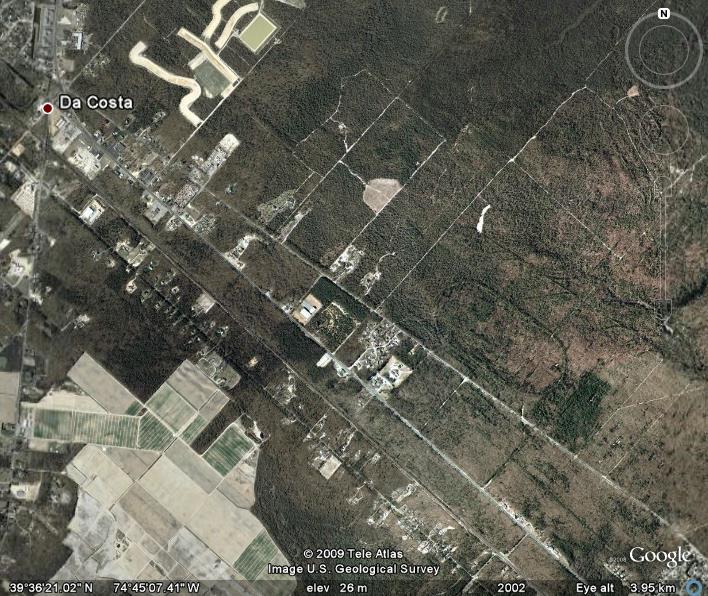



| Photo ID # | f02.01.09_ARA_TOL_SPE_0026S_1 |
| Car #: | NA |
| Driver (s) : | NA |
| Location: | near Hammonton, NJ |
| Date: | 1926 and maybe the following year... |
| Photographer: | Unknown |
| Photo provided by: | Russ Dodge and Larry Jendras Jr. |
| Comments: |
Senior Moment Provided By Russ
Dodge: Cars Set Splintering Pace! As a young stock car fan
during the 50’s in South Jersey, I often heard the “old Timers” talking
about a wooden board track “over by” Hammonton. Some placed it at a place
called Amatol. The stories were very interesting and by later research found
to be fairly accurate. |
Here's a few pictures from what we think was the Baltimore -Washington
Speedway:


| Visitor's Comments | To add your comments about THIS PHOTO - Click Here | |
| Date: | Visitor's Name: | Comment: |
| 02.01.09 | 3Wide | What an enormous undertaking... Hard
to imagine the vision that someone had that this could be built out in the
middle of nowhere, and then to
see it actually happen... only to see it fail in a very short period of
time. Amazingly, after almost 80 years, you can still see the outline
of the speedway from the air: If you look slightly to the right of the center of this image, you can still see the oval.  (Image From Google Earth) Here's a few more links that provide additional information about Amatol: http://wikimapia.org/2413293/Amatol-Racetrack http://www.southjersey.com/articles/?articleid=6456 http://www.geocaching.com/seek/cache_details.aspx?guid=a9124ff8-e150-4055-b1de-8d0476a2c3bc The same was true in 1926 as it is now... You can't just build a racetrack and expect people to come... Thanks Russ for providing the images and the info. There is so much promise in the first photo, and then so much excitement in the bottom photo... Nothing stays the same. (For more info on Amatol, click here: https://3widespicturevault.com/FRONT%20PAGE%20STUFF/Speedway_Memories_1.htm |
| 02.02.09 | Ed Duncan | Results: May 1,1926 200 Laps/300 Miles 1. Harry Hartz July 17,1926 80 Laps/120 Miles 1. Harry Hartz May 7,1927 133 Laps/199.5 Miles 1. Dave Lewis Sept.16,1928 67 Laps/100.5 Miles 1. Ray Keech |
| 02.03.09 | John L Polson | There is a lot of exploring you can do in
the track area. I used to hunt in that section. You can see ruins of Amatol by following some of the dirt roads. There are also concrete bunkers that were for storing explosives etc near by. Interesting racing info that most people never knew was right here in our back yard. Can you imagine the amount of wood needed for a wooden track, stands etc! These pictures of the track are the best. Great job. |
| 03.04.09 | Ed Duncan | In August 1928 a Studebaker passanger car driven by Cliff Bergere, Tony Gullotta an Johnny Kreiger avg. 68.37 mph for 30,000 miles at the speedway. |
Back
Back to
Amatol Speedway Page
|